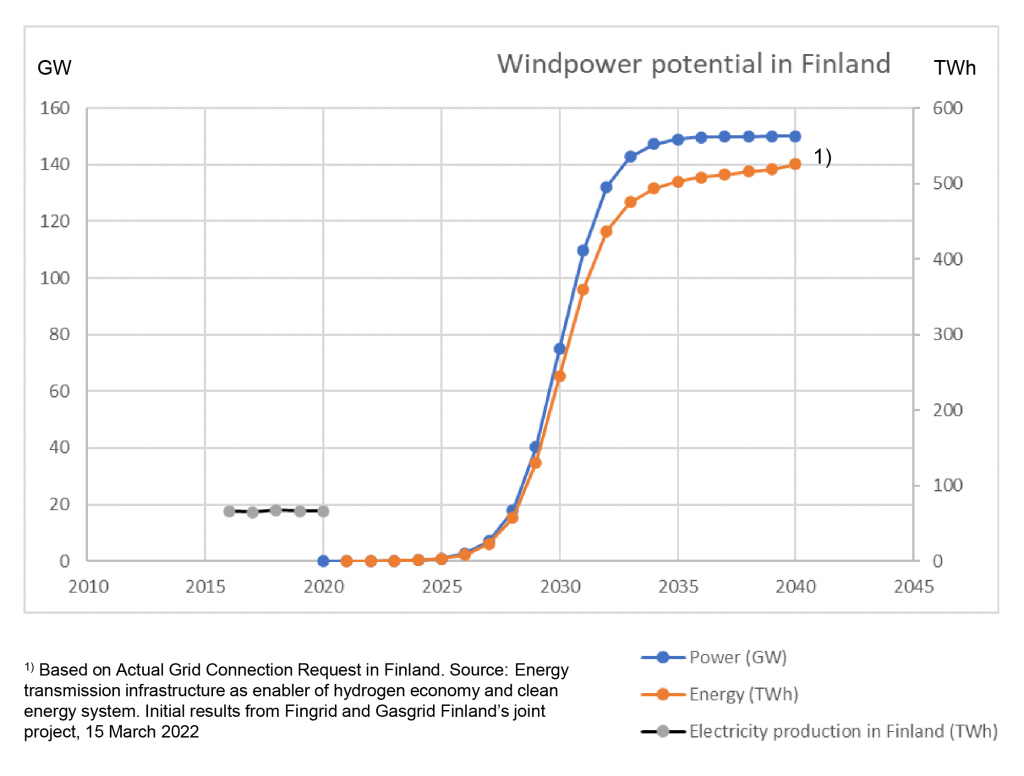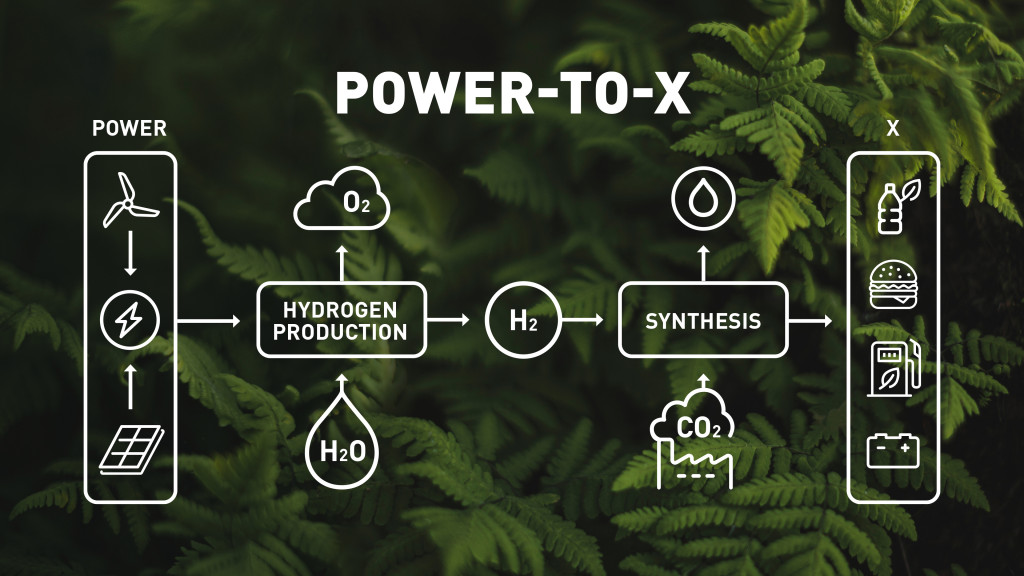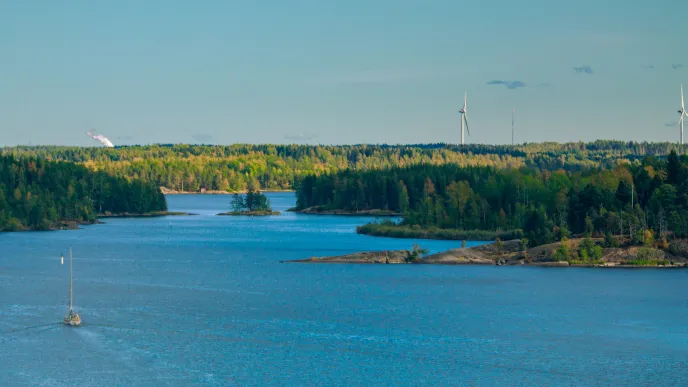Collaboration between LUT University and the energy company St1 has led to plans to build Finland’s first production plant for synthetic methanol. The pilot plant will neighbour a cement factory in the city of Lappeenranta, home to LUT University.
The location adjoining a cement factory is no coincidence. Synthetic methanol is a low-carbon fuel of the future. Its raw material would include the carbon dioxide emissions form the cement factory’s limestone and green hydrogen generated with electricity from renewable sources. The technology is backed up by extensive power-to-x (P2X) research led by LUT University. For instance, LUT has previously explored possibilities to establish a P2X production plant in the vicinity of the university campus.
”The investment in this synthetic methanol plant is one step in an extensive evolution. Years of research is starting to pay off,” says Petteri Laaksonen, research director at LUT.
Laaksonen maintains that goals regarding energy self-sufficiency and carbon neutrality constitute only a small part of the vast amount of potential in this field. LUT believes that a hydrogen economy represents a new type of industry that will create countless jobs and yield billions of euros in turnover.
“My vision is to build a completely new export industry around wind and solar power. Our research confirms that Finland could be a key player in the European energy industry. The Nordic countries could produce 25–45 per cent of all electricity consumed in Europe,” Laaksonen outlines.
Indicating the importance of this research area, related studies at LUT have, over the years, been funded by a long line of key industry enterprises in Finland, such as St1, Finnsementti, Kemira and Finnair.
The same technology can be applied to the manufacture of a number of synthetic fuels, such as methane, methanol or ammonia, and even adhesives, solvents, plastics, and other downstream products in the chemical industry.

Aiming for a replicable production concept for synthetic methanol
The Ministry of Economic Affairs and Employment of Finland has granted the synthetic methanol production plant in Lappeenranta 35.4 million euros in funding. The funding decision is conditional and requires approval by the European Commission. If the plans progress favourably, the production plant will be operational in 2026.
“The Nordic market for synthetic fuels will grow considerably in the coming years. The timetable of our pilot project would allow Finland to access the first wave of industrial applications and, consequently, the establishment of the synthetic methanol market and solution scaling,” says St1’s Head of Energy Transition Business Riitta Silvennoinen.
“The project will also provide the parties involved important expertise, which will also be used in advancing other power-to-x projects. We are delighted that the City of Lappeenranta and other local parties are fully invested in this project,” Silvennoinen continues.
St1 has great expectations for synthetic fuels. In June, it announced the launch of the production of synthetic aviation fuel in Gothenburg, Sweden, in collaboration with the Swedish energy company Vattenfall. The two companies are envisioning e-fuelled flights from Stockholm by the end of this decade. The raw materials for the fuel would include wind power based hydrogen and carbon dioxide from, for instance, the pulp industry. The production would grow gradually to a million cubic meters, which corresponds to the annual aviation fuel demand of the Stockholm Arlanda airport.

Power-to-X means converting power into something else, such as synthetic gasoline, kerosene or diesel. The process utilises bio-based carbon dioxide and hydrogen produced with renewable electricity, like wind power.
Synthetic methanol is part of the transport technology revolution
- According to a study published by LUT University in September 2022, Eastern and South-East Finland have significant renewable energy potential and a great deal of bio-based carbon dioxide. Both are key elements in the development of P2X products.
- The Finnish Ministry of Employment and the Economy, Ministry of Defence and Ministry of the Environment are once again looking into whether more wind turbines could be built closer to the border between Finland and Russia. So far, the Finnish Defence Forces have opposed building more wind farms because they distract radar surveillance on the border.
- The EU is aiming for the electrification of the transport system. However, the policy targets will not apply to all areas of transportation in the near future. Exceptions include aviation, waterborne transport and road haulage requiring hydrocarbon-based liquid fuels in lieu of fossil fuels.
- The transformation of transportation requires new expertise and creates a demand for novel technologies. The current global transportation system based on fossil energy produces over 15% of the world’s greenhouse gas emissions.
- Synthetic methanol can be utilised as is to fuel maritime transport or as a fuel component for road transport. It can be delivered through existing logistics and distribution infrastructure.
More information:






